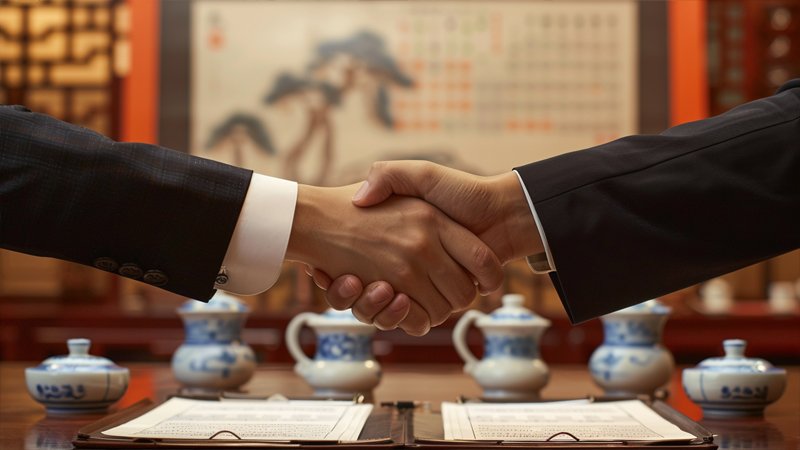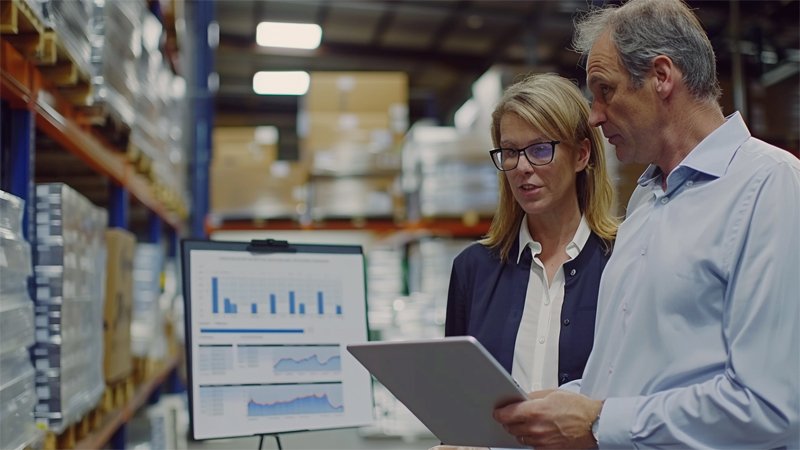
I still remember feeling lost the first time I tried to find a manufacturer overseas.
Finding product manufacturers in another country involves solid research, real-time interactions, and careful evaluations to ensure quality and reliability.
Let’s explore the process that helped me.
What steps should you follow to find product manufacturers in other countries?
I usually start by clarifying my product specs, budget, and target regions.
Outline your exact needs, gather leads through reliable sources, and verify each manufacturer’s legitimacy before moving forward.

When I first searched for an overseas manufacturer, I felt overwhelmed by the sheer number of options out there. So, I made a short list of the features my product needed—like materials, potential certifications, and rough cost limits. That helped me zero in on leads rather than scattering my energy on random suppliers. Next, I scoured online directories1 like Alibaba, Global Sources, and ThomasNet, paying close attention to reviews, product photos, and factory credentials. If any profile looked incomplete or gave me an odd vibe, I crossed it off right away.
It also helped to join a few trade-oriented forums2 and social media groups. People love sharing honest experiences and can steer you toward legit factories—or warn you about shady ones. I’d take note of these recommendations, add them to a spreadsheet, and gradually filter them based on communication response times, clarity in quoting, and willingness to share references. Once I had a manageable shortlist, I’d request samples or arrange a virtual meeting to gauge how they handled questions. These steps spared me from signing on with someone unresponsive or lacking the capacity to scale. Ultimately, a methodical approach reduced the chaos and set me on a clearer path toward the right manufacturing partner.
How can international trade shows help you find manufacturing partners?
I learned that meeting face-to-face3 can reveal who’s truly invested in a strong client relationship.
Attending trade fairs or expos gives you direct access to manufacturers, real product samples, and on-the-spot networking.

I still recall my first time stepping into a massive international trade show. Booths everywhere, vibrant product displays, and the hum of multiple languages in the air. It was an instant reality check—there are so many manufacturers4 vying for attention. But that’s also what made it invaluable. By chatting face-to-face, I could ask about production schedules, minimum order quantities, or even see new product prototypes before they hit the market. A simple conversation could show me if a factory rep was knowledgeable, flexible, or simply trying to close a quick deal.
Why These Events Work
Trade shows bring together suppliers across various categories—textiles, electronics, packaging, you name it. Instead of emailing back and forth for weeks, I got real answers in minutes. I could also spot which companies took pride in their booth presentations or had extra certifications posted. Some had advanced machinery on display, showcasing exactly how they crafted certain components. That hands-on clarity gave me confidence that these manufacturers were legit.
Moreover, I’d collect business cards (and give mine) so we could follow up afterward with a bit more personal context. This saved me from the usual cold calls or random online inquiries. Plus, some shows organize specialized forums or seminars where I’d learn about emerging regulations or shipping routes. By the end of the fair, I wasn’t just returning home with brochures; I had new supplier leads, industry insights, and sometimes even a few free samples in my luggage. If you’re serious about sourcing internationally, attending a relevant trade show can condense months of research into a few productive days.
Which online platforms are recommended for finding international manufacturers?
I lean toward sites offering verified listings, thorough profiles, and user feedback for transparency.
Platforms like Alibaba, Global Sources, and ThomasNet let you compare factory details, read reviews, and contact suppliers quickly.

Before diving in, I remind myself that not all directories are created equal. Some platforms have extensive vetting processes, while others barely scratch the surface when approving listings. I’ve had the most luck with Alibaba—it’s massive, yes, but their “Verified Supplier5” badges and real customer feedback help me separate the good from the questionable. Global Sources6 tends to feature higher-end or specialized products, which can be handy if my product has unique requirements. And ThomasNet7 focuses heavily on North American suppliers, but many handle global shipments, so it’s great if I want closer collaboration or shorter shipping distances.
Tips for Using These Platforms
- Filter by Verified Status: If a directory offers third-party verifications, filter to see those first. It saves time.
- Check Supplier Response Rates: A speedy reply suggests they’re organized and value potential clients.
- Look at Production History: Some listings mention how many years they’ve been in business or total transaction volumes. Experience often equals smoother dealings.
- Read Reviews & Ratings: If buyers mention recurring shipping delays or quality issues, that’s a red flag.
Once I spot potential manufacturers, I usually message them with a clear outline of my needs—like product specs, order sizes, and any special materials. Their response can reveal a lot: Do they address each point or send a generic price list? If they’re detail-oriented and polite, I take it as a good sign. I’ll then escalate to a video call or ask for samples. While no platform is perfect, these directories can drastically speed up your initial research phase. Just remember to cross-check references and trust your gut if something feels off.
How can you assess the quality and capabilities of foreign manufacturers?
I find it helpful to request product samples and, if possible, organize factory inspections8.
Evaluate sample quality, production capacity, communication style, and any certifications to confirm a factory’s reliability.

In my experience, never skip the sample stage. A photo or video might look great, but physically handling a product reveals flaws or perks that can be missed online. I usually compare multiple samples from different suppliers to see who meets my standard. Alongside the samples, I ask for documentation—like test reports or compliance certifications9 (such as ISO or CE, depending on the industry). It’s a quick way to verify they’re equipped to produce consistent batches without cutting corners.
Exploring Inspection Tactics
For bigger orders or high-stakes items, I consider hiring a third-party inspection service. They visit the factory, snap photos, and test items on-site. This step can feel like an added expense, but it’s far cheaper than discovering a few thousand defective units after shipping. Sometimes, suppliers invite me for a factory tour if the project is large enough. While that’s not always feasible for every buyer, it can be a game-changer—seeing the production lines, employee training, or raw material storage firsthand builds trust or signals red flags.
Communication is another huge factor. If the factory management struggles to understand my specs or is slow to reply, that friction might explode into bigger problems later. I also look into their track record: have they worked with well-known brands or handled large volumes successfully? That background suggests they can scale and maintain quality under pressure. By combining sample reviews, factory audits, certifications, and open communication, I feel more confident that the manufacturer won’t vanish mid-project or deliver subpar results. Ultimately, a thorough assessment means fewer unpleasant surprises—and a smoother path from prototype to final delivery.
Conclusion
Finding a trustworthy overseas manufacturer involves methodical research, face-to-face events, online platforms, and thorough quality checks to ensure a solid, long-term partnership.
-
Discovering top online directories can streamline your search for manufacturers, making it easier to find qualified suppliers quickly. ↩
-
Joining trade-oriented forums can provide valuable insights and recommendations from experienced peers, enhancing your sourcing strategy. ↩
-
Discover insights on the significance of face-to-face interactions in building strong client relationships. ↩
-
Learn about selecting the best manufacturers to ensure quality and reliability in your supply chain. ↩
-
Exploring this resource will help you understand how Verified Supplier listings enhance trust and transparency in supplier selection. ↩
-
This link will provide insights into the unique features of Global Sources, especially for specialized products. ↩
-
Discover how ThomasNet can facilitate closer collaboration and shorter shipping distances for your sourcing needs. ↩
-
Learning about factory inspections can provide insights into ensuring product quality and building trust with suppliers. ↩
-
Exploring compliance certifications can help you verify a manufacturer's reliability and adherence to industry standards. ↩




